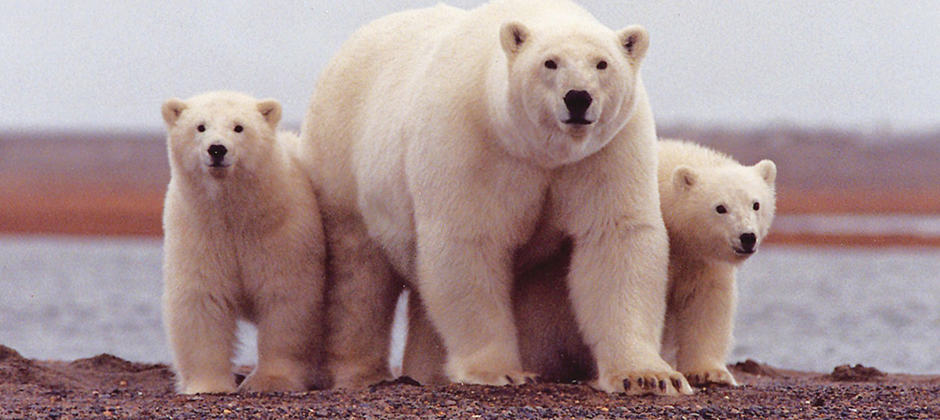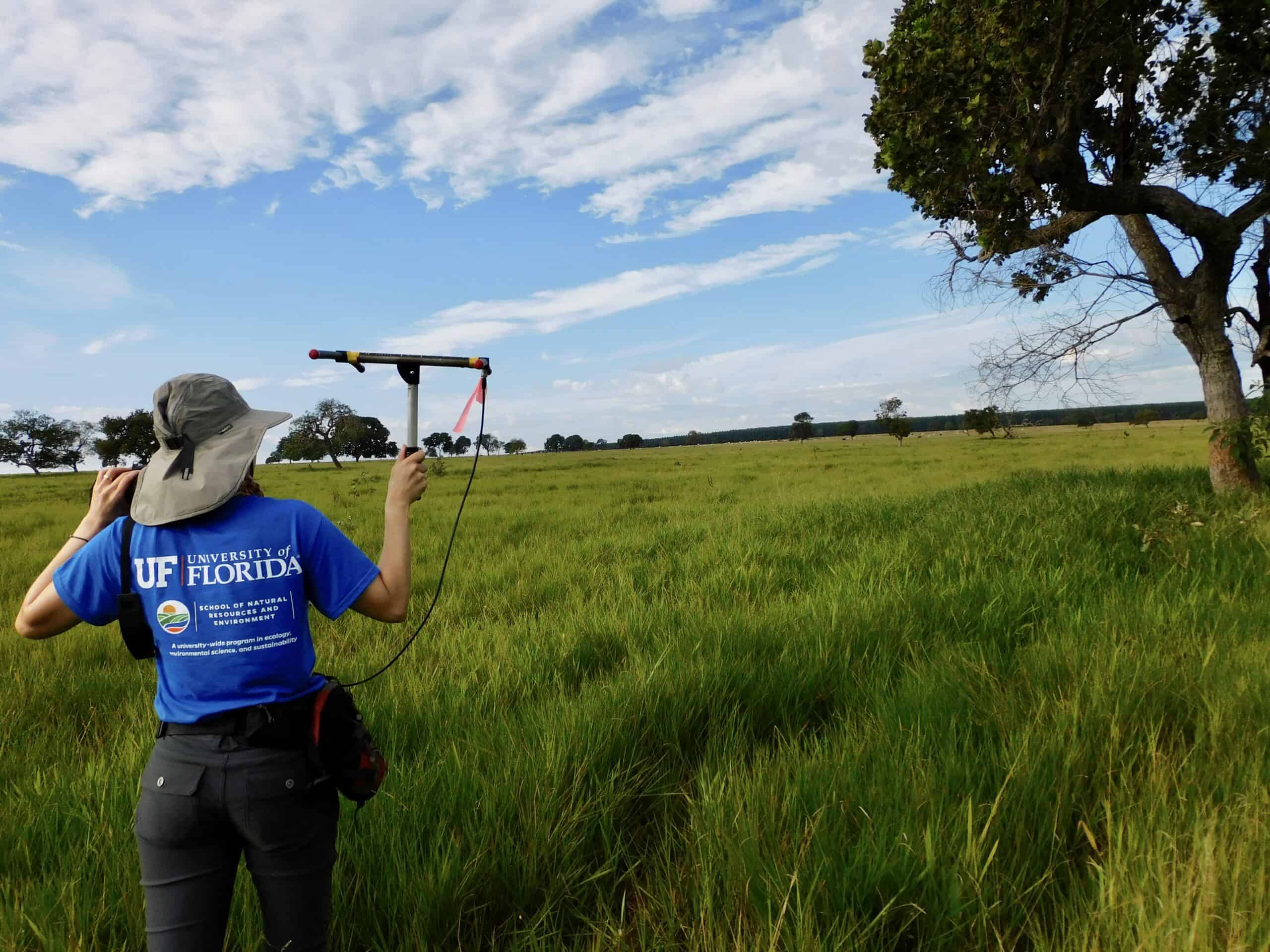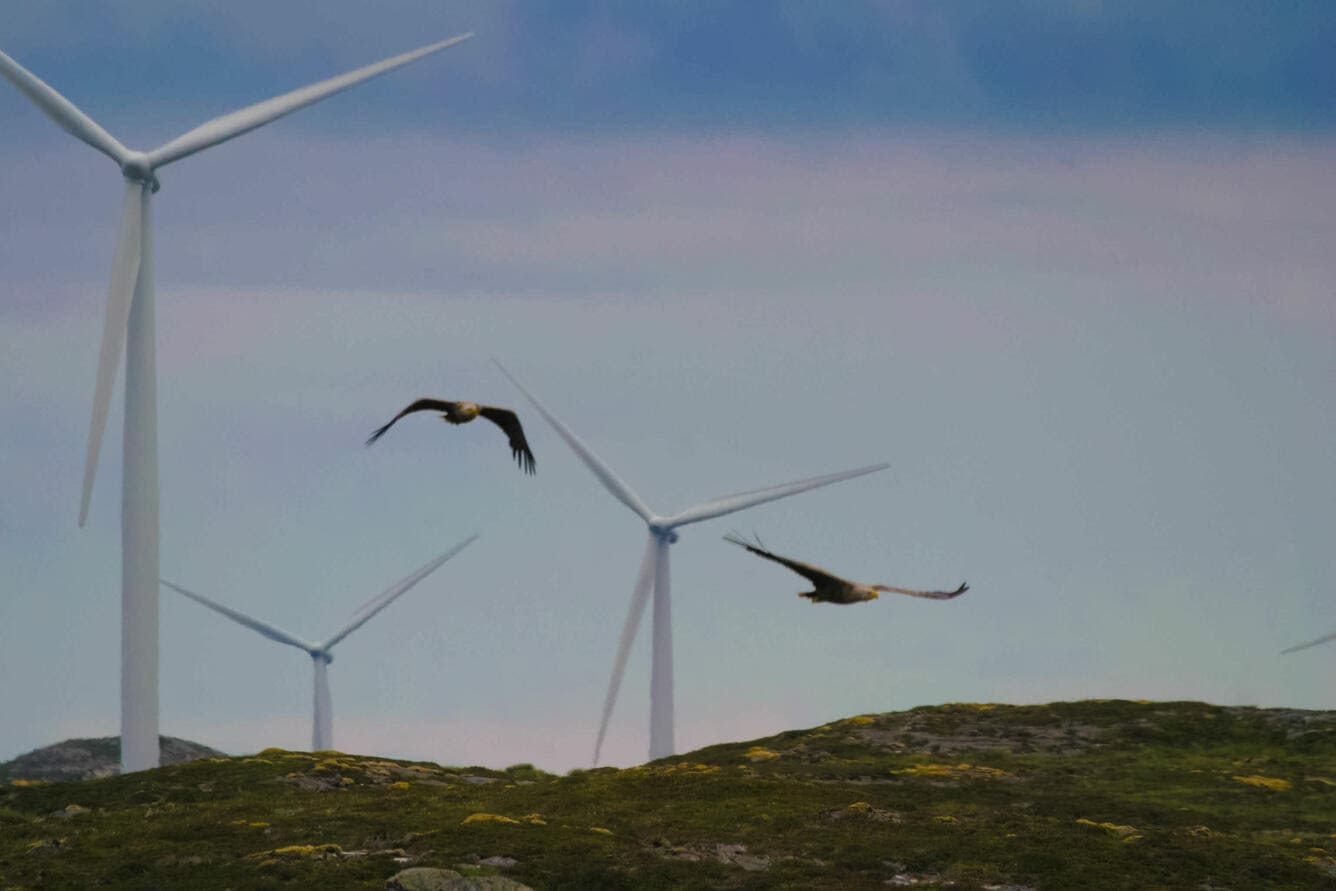Share this article
Study questions effectiveness of polar bear detection tool
A tool that oil companies use to try to avoid harming or disturbing polar bears (Ursus maritimus) may not detect the bears in their dens as well as they were believed to. Seismic testing, which is used to find oil reserves before drilling, can harm polar bears, which are also facing consequences of climate change. To avoid disturbing the bears, energy companies on Alaska’s North Slope have used airborne tools called forward-looking infrared cameras, or FLIRs. But a recent study in PLOS ONE found these cameras miss the bears more than they detect them. The tools detect heat under the snow, but too much wind or moisture can interfere with readings. Other factors, like too much snow cover, can also make it harder for cameras to detect dens.
Read more in the New York Times.
Header Image: Tools meant to help energy companies detect polar bear dens failed more often than they succeeded. ©Susanne Miller/USFWS








